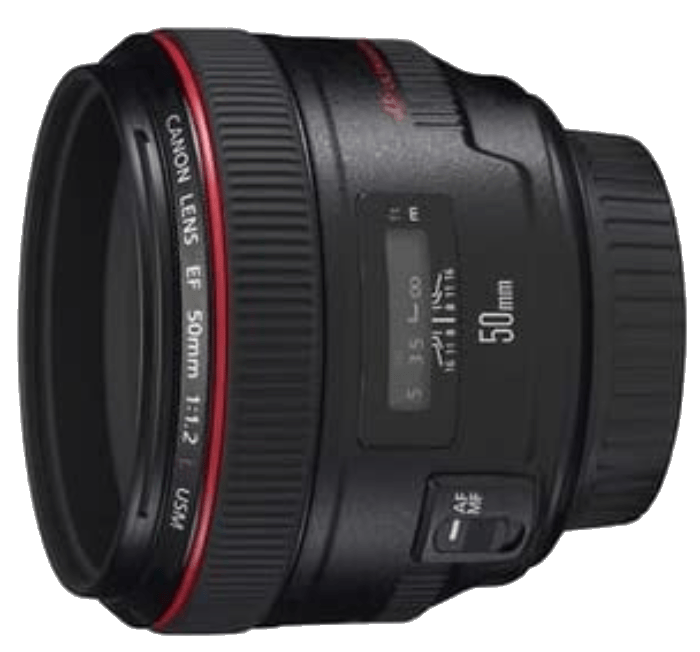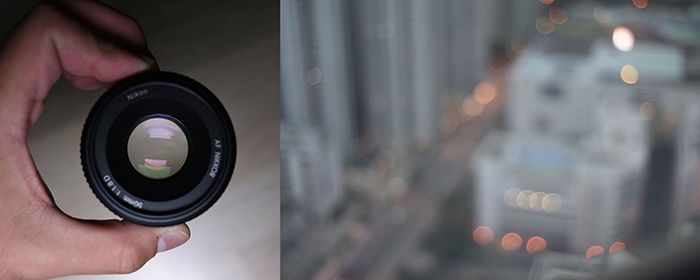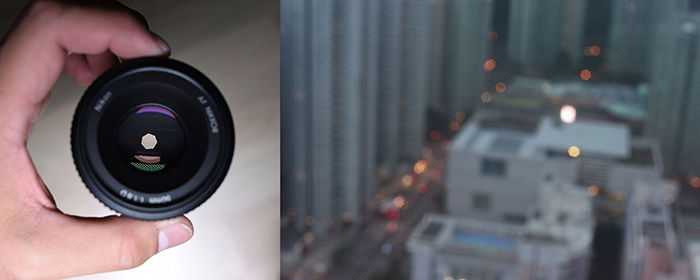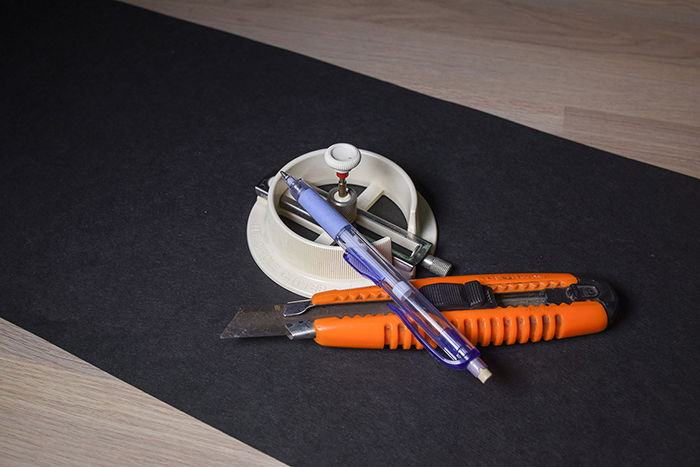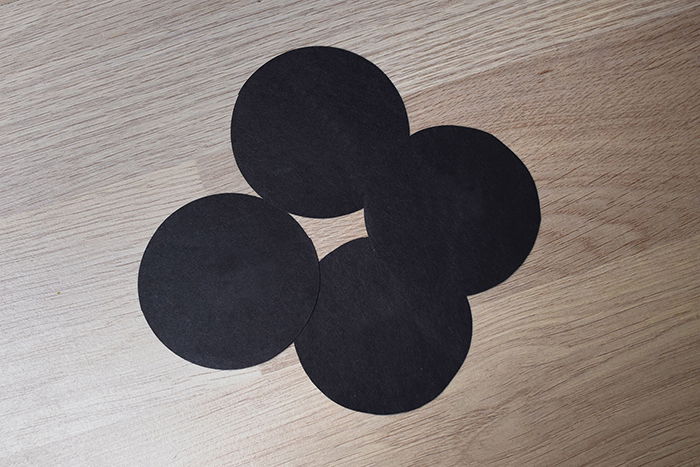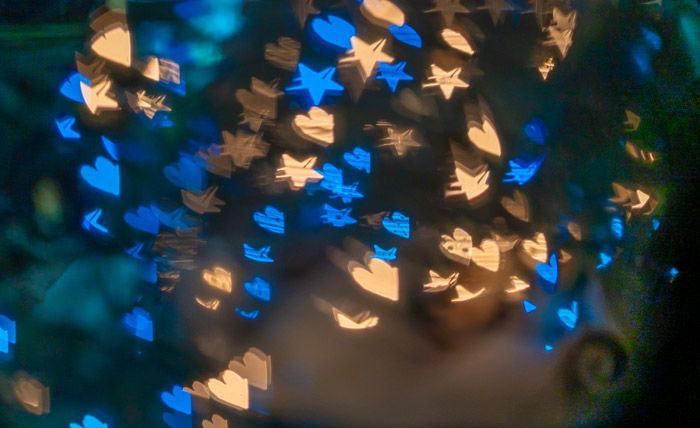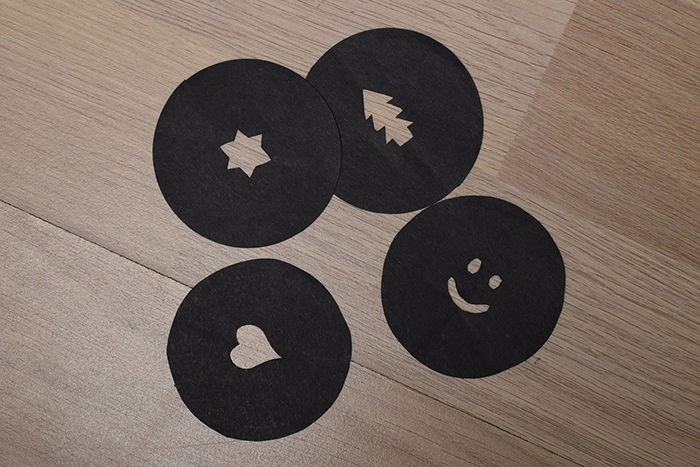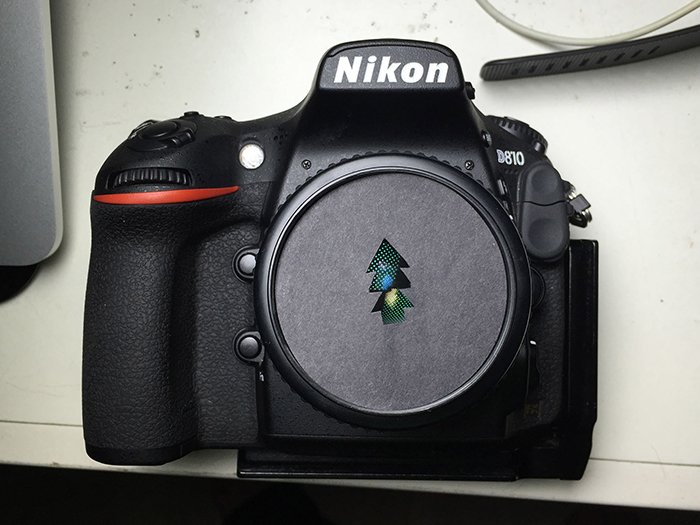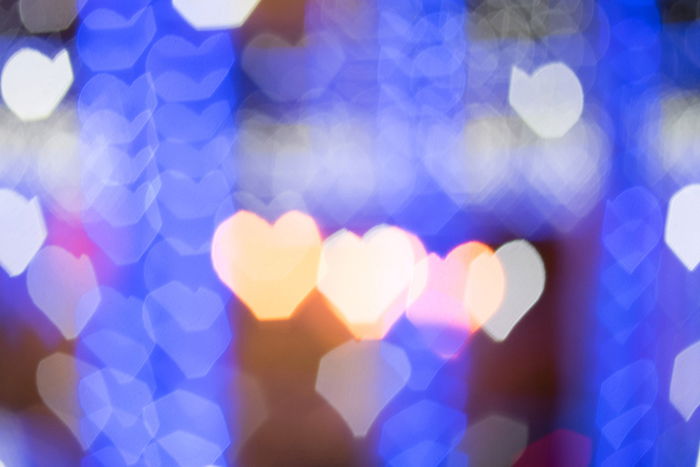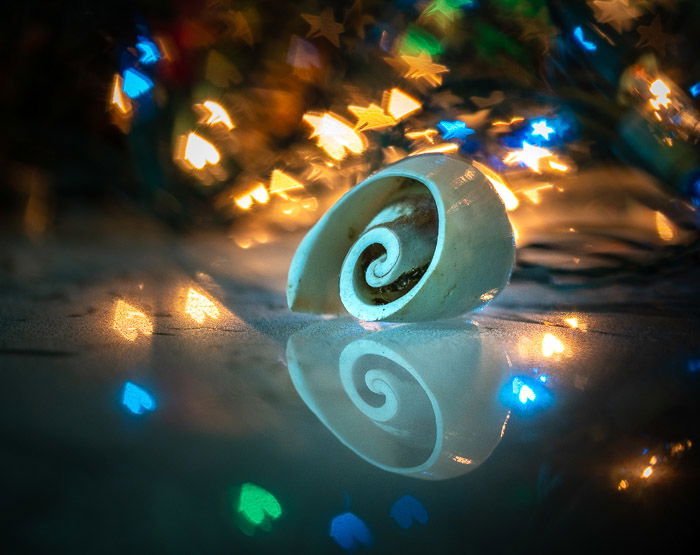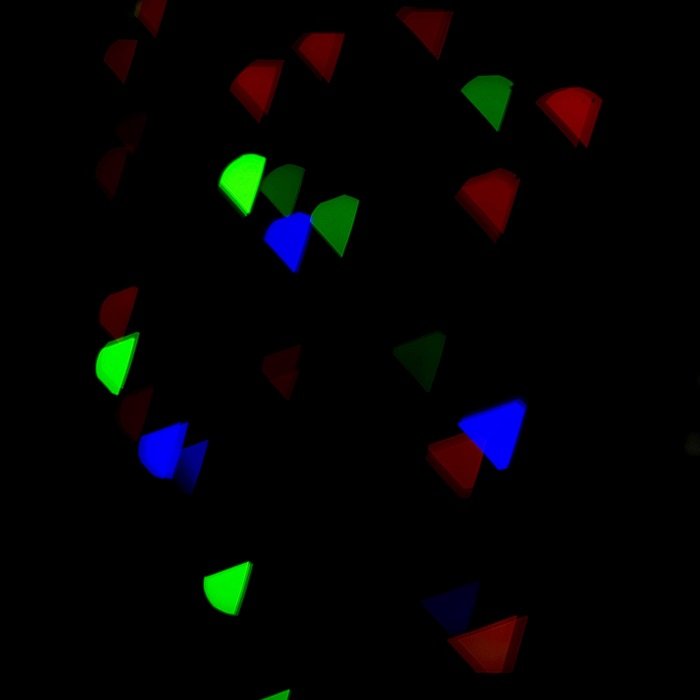I’m going to show you how to create photos of lights moulded into shapes. All you’ll need to make bokeh shapes is your camera, some craft supplies, light, and a little bit of imagination. Let’s start with a little background on how this blurry effect is created. Then I’ll show you how to create fun custom bokeh shapes with your camera.
[ExpertPhotography is supported by readers. Product links on ExpertPhotography are referral links. If you use one of these and buy something, we make a little bit of money. Need more info? See how it all works here.]
The Bokeh Effect: Exploring Bokeh Shapes
Bokeh is a Japanese word which means ‘blur’ or ‘haze’. It describes the shape of out-of-focus light. Bokeh isn’t just about the functional form, but the artistic effect. There’s some disagreement about how to pronounce the word bokeh. Most photographers say either “bow-kay” or “bow-kuh”. Some photographers get quite tense about the pronunciation. Pick the pronunciation you like best. Bokeh is about visual beauty not correct pronunciation. Our lenses naturally create a blurred-light effect when the aperture is wide open. For instance, when shooting at f/1.8. How much of the image is blurred is called “depth of field“. Bokeh isn’t about how much of the photo is in focus, it’s about the shape of the out-of-focus lights. The shape of the blur is the shape of the aperture opening inside our lens. This 50mm lens has a 5-blade iris. When it is at f/1.8, you can see that the opening is a round shape and its bokeh is also a perfect circle. The shape changes when I select f/8.0. Try it with your own camera. Switch to manual focus and point your camera at a light. Twist the focus ring so that the light blurs. This is one time in photography that we don’t want sharp focus! Watch how the light changes. At some point, you won’t be able to identify light sources. All you’re left with is magical light.
How to Create Custom Bokeh Shapes
The shape of the light is the shape of your aperture. So you may ask yourself, ‘how do I change the shape of my bokeh?’. We can’t go inside the lens and change the physical aperture opening, but we can change how light enters our lens. To do this, we’re going to create a shaped bokeh filter to put on the front of our lens. You can buy a bokeh kit, but it’s much more fun to do it yourself! Tools you will need:
Camera; Lens; Black cardboard or construction paper; Craft knife; Drafting compass, circle cutter, or lens cap; Pencil; Optional: shaped paper punch tool.
Step 1
Cut a circle out of black cardboard by tracing a lens cap or using a compass. The circle should be the same size as your lens. A circle cutter is a useful tool. Colored paper will cast that color into the scene. You may like this effect.
Step 2
Mark the center of the circle.
Step 3
Draw the shape you want to make with a pencil in the center of the circle. Popular shapes include star, diamond, and heart bokeh. You can use any shape you want. But the best have a simple form. You only have to draw one shape. It will multiply when we take the photo. But there’s no reason you can’t place two shapes on the same filter. You may have to experiment with the size of the cutout. It depends on how large the aperture opening is in your lens. So, it depends on what f-stop you’re using. Start with a shape that is about 1 to 2 centimetres.
Step 4.
Cut out the shape with a craft knife or use a shaped puncher tool.
How to Use a Bokeh Filter
Now that we’ve created our bokeh shapes, we can use them to create a magical light effect.
Step 1
Attach the filter to the front of your lens. You may be able to fit it into the groves on the front of your lens. If not, use gaffer tape to attach it. Be careful not to cover the cutout or tape over your focus ring.
Step 2
Find some lights. City lights make for a great photo, but a string of Christmas lights will also work. The wire of the Christmas lights and any other details will disappear once you blur focus. The effect will take on the color of the lights.
Step 3
Choose the widest aperture that your lens allows. Remember that the wider apertures have the lowest numbers. For instance, f4.0 is wider than f8.0. If your camera is having difficulty metering, remove the filter and take a test shot in aperture priority mode. Your camera will give you the best shutter speed. If the shutter speed is too slow or the photo is too dark, increase ISO. If I want my background darker, I use my exposure compensation dial to take the image -1 or -2 stops. You can also do this by shortening your shutter speed or reducing ISO.
Step 4
Put your camera in manual focus mode.
Step 5
Point your camera at the lights and twist the focus ring until the lights blur. You should see the shaped lights appear. Some lenses may create a more pleasing effect than others. Try out a few shapes and a few different lenses. If your shape is upside-down, rotate the filter. If you want to do something a bit more advanced, combine the bokeh effect with a shallow depth of field. Place an object or person in the foreground and your lights in the background. You may have to play with the distance. Focus on the foreground element. This will blur the background lights and they will take on the bokeh shape.
Conclusion
Creating beautiful bokeh effects is perfect for those rainy days when we’re stuck at home. This simple effect is easy and doesn’t take a lot of specialist knowledge. Create a bokeh filter by cutting small shapes into black paper. Place the filter in front of your lens. Select your widest aperture and use manual focus to blur the lights. Custom Bokeh is one of the topics we cover in our creative photography course, Wow Factor Photography. Below are some of the photos taken by our students. If you’d like to learn more, check out the course here.
